Are Australians paying too much for new cars in 2021?
Blaming the pandemic, supply chain issues, stock shortages and/or soaring demand, do the carmakers have us all over a barrel?
It certainly seems that way, especially considering how much cars have jumped in just the two years since 2019.
To find out for sure, we compare a cross-section of this year’s most popular new models with each of their respective equivalents, from 2019, 2015, 2011, 2006, 1996 and 1986, to give us a clearer picture of whether the high prices we’re currently enduring in 2021 are just an illusion once inflation is factored in.
Of course, prices are only part of any value equation, since today’s cars are generally safer, smoother, comfier, more economical, faster and easier to drive than even their 2006 predecessors, never mind those from the year Bananarama topped the charts with Venus.
So let’s get to the bottom of one of 2021’s most burning questions: are we paying more than ever before for a new car?
Suzuki Swift
.png)
Released in 1983 – and as the highly-successful Holden Barina two years later for two generations – the Japanese supermini is the perfect starting point for this exercise, since there’s been a Swift available in every one of the years we’re focusing on. Which partly explains why it’s built up such an enviable reputation for reliability, economy and ease.
Comparing today’s cheapest version – the MY22 GL Navigator manual from $21,490 before on-road costs (BOCs) – against its 2019, 2015, 2011, 2006, 1996 and 1986 equivalents, it’s clear that the buying was best in the middle to the end of the last decade. From costing about $25,000 in today’s money 35 years ago, it hit peak value right up until the last facelift in mid-2020.
So, what’s going on then? Since 2019, there have been moves to eliminate base models – a trend started when Mazda dropped the Mazda2 Neo at facelift time and went straight for the mid-grade Mazda2 Pure. Toyota quickly followed suit when the new-gen Yaris jumped nearly $8000 in mid-2020 (from $15,390 to $22,190).
.png)
Predictably, so did the Swift. The GL scored sat-nav and a few other minor items like a digital speedometer last year, helping justify a price jump… but a $5K hike for essentially the same car? Autonomous Emergency Braking (AEB) isn’t even standard, meaning that the perky Suzuki’s massive 25% leap in two years earns it an equally-big thumb’s down.
Little wonder, then, that the MG 3 from $17,990-drive-away lords it over rivals with a commanding 30% of all supermini sales.
At this end of the market, money sure does talk.
*RRP INFLATION-ADJUSTED TO 2021
| Year | Price (new) | Price (adjusted) |
| 2021 | $21,490 | $21,490 |
| 2019 | $15,990 | $16,500 |
| 2015 | $15,990 | $17,700 |
| 2011 | $15,990 | $19,200 |
| 2006 | $15,990 | $22,100 |
| 1996 | $12,840 | $22,900 |
| 1986 | $9098 | $25,300 |
Advantage: 2015-2020 new Swift buyer
Mazda 3
.png)
Launched back in 1977, Mazda’s small hatch (and later sedan) has long been a private-buyer favourite and a cut-above most mainstream competitors, especially in its transition into the phenomenally-successful Mazda3 from late 2003.
The current series released in early 2019 was the first Mazda to do away with the base variants and add extra features as standard – a move the company claims was prompted by a rich mix of higher-specification model sales. Hence a circa-20% price jump.
Since then, they’ve remained remarkably static, while most competitors like the Hyundai i30 and Volkswagen Golf have risen fairly sharply catching up.
.jpg)
Looking at the cheapest automatic version of the Mazda3, the Pure from $26,990 before ORC, today’s buyer only pays about 10% more compared to 2015, and that’s a reasonable difference given the amount of extra safety and convenience the current model offers, including AEB, adaptive cruise control, a head-up display and sat-nav.
Seen in this light, we have to conclude that Mazda for now is playing fair with Mazda3 prices. And, also, that the Pure auto is way less expensive than its 323 predecessors were back in the ‘80s and ‘90s, as well as the earliest Mazda3s of the mid ‘00s.
*RRP INFLATION-ADJUSTED TO 2021
| Year | Price (new) | Price (adjusted) |
| 2021 | $26,990 | $26,990 |
| 2019 | $26,240 | $27,100 |
| 2015 | $22,490 | $24,900 |
| 2011 | $22,330 | $26,800 |
| 2006 | $22,990 | $31,800 |
| 1996 | $27,675 (323) | $49,400 |
| 1986 | $15,558 (323) | $43,300 |
Advantage: 2015 Mazda3 buyer
Toyota Camry
.jpg)
Fledgling Toyota broke into the big time in Australia with the shovel-nosed RT40 Corona of 1964, starting a line of affordable midsized family sedans that stretches to today’s Camry.
‘Affordable’ though is certainly relative looking at those inflation-adjusted prices, and these are all for the cheapest auto version, meaning Ascent, Altise and CSi for Camry and plain old S for Corona. A quarter of a century ago, you needed $50K in today’s money.
Things certainly became cheaper in the new millennium, however, and especially before COVID-19. Factor in safety and equipment, and the current-shape 2019 Ascent bought you the most Camry for your cash. Tesla 3-aside, medium-sized sedans are so out of fashion right now that – in the post-Australian manufacturing hangover of late last decade – you couldn’t buy more new metal for your money than at your Toyota dealership.
.png)
The same applies today. Even at $31K – an 11% jump in two years – the MY22 Altise auto still represents rock-solid value, particularly when the next-cheapest midsizer is the slinky Mazda6 Sport from $34,590. Even the Camry hybrid with its $2500 premium still undercuts all opponents – with or without electrification.
Viewed from this perspective, the Toyota deserves its circa-75% segment domination. It’s been at it for nigh-on 60 years now.
*RRP INFLATION-ADJUSTED TO 2021
| Year | Prcie (new) | Price (adjusted) |
| 2021 | $30,990 | $30,990 |
| 2019 | $27,790 | $28,700 |
| 2015 | $30,490 | $33,700 |
| 2011 | $30,490 | $36,500 |
| 2006 | $29,500 | $40,900 |
| 1996 | $27,930 | $49,800 |
| 1986 | $14,102 | $39,200 |
Advantage: 2019 Camry buyer
Toyota RAV4
.jpg)
It’s annoying enough already having to wait a year for delivery of a popular model, without you being left wondering whether you’ve paid over the odds for one too.
That’s how it seems right now for Toyota’s unstoppable RAV4 – arguably the most influential car of modern times. The 1994 original ushered in the SUV craze while 2019’s fifth-generation rebirth is bringing hybrid electrification to the masses like no other has ever before. Historic stuff.
If you’ve paid for a new one, here’s the moment of truth. How much more expensive is the entry-level GX 2WD auto nowadays? Not that much, as it turns out when compared to corresponding proceeding versions. Since launching, today’s XV50 series has edged up by only 4%, or in inflation-adjusted terms, under $1200.
.jpg)
That’s a small premium to pay for a medium-sized SUV that’s miles roomier and better-equipped than the earlier, smaller version from 2015, yet costs only $1900 more. And just 15 years ago, the all-wheel-drive (AWD) only 2006 RAV6 actually set you back an inflation-adjusted $7000 more than today’s $40,070 GX AWD hybrid.
If you think that’s a bit much, the earliest RAV4 5DR AWD auto from 1996 equalled nearly $60K in today’s dollars. Even the latter’s Tercel 4x4 ancestor – which was a significantly cruder vehicle – demanded you dig far deeper than you have to in 2021.
Success hasn’t spoilt Toyota’s sales superstar after all. Not yet, anyway. We bet you weren’t expecting that. Now you can rest that much easier while the wait for one continues…
*RRP INFLATION-ADJUSTED TO 2021
| Year | Price (new) | Price (adjusted) |
| 2021 | $34,695 | $34,695 |
| 2019 | $32,990 | $34,100 |
| 2015 | $29,990 | $33,100 |
| 2011 | $30,990 | $37,100 |
| 2006 | $33,990 (AWD only) | $47,100 |
| 1996 | $32,010 (AWD only) | $57,100 |
| 1986 | $16,840 (Tercel 4x4) | $46,800 |
Advantage: 2021 RAV4 buyer
Subaru Outback
.jpg)
Based on the acclaimed if sober Liberty wagon, the original Outback of 1996 set a fresh template with its unique combination of a raised ride height, big fog lights, contrasting plastic cladding, roof racks, AWD and an evocative name.
It quickly bowled over buyers on both sides of the Pacific while kicking off the crossover/wagon craze that soon had premium European ‘estates’ like the Volvo V70 Cross Country and Audi A6 Allroad joining in. It was a true marketing innovation.
Now one of Subaru’s bestsellers, the Outback remains a middle-class favourite, with this year’s seventh-gen redesign recording very brisk business right now.
.jpg)
But while huge demand and long waiting lists might make it seem like a sure-fire candidate for soaring prices, the base grade is just 4.7% exxier than its predecessor was two years ago, and only several hundred dollars over the more-sparsely equipped 2015 entry-level version.
This wasn’t always the case. Peeking further into the past, the Subaru in hiking boots would set you back nearly another $10K more a decade ago and almost $30K over today’s ask when the original burst on the scene a quarter of a century ago.
Finally, just to illustrate the Outback’s current compelling value proposition, adjusted for inflation, the substantially smaller L Series Touring wagon that predated the Liberty would burn a $58K hole in your wallet in today’s cash.
Again, a surprise outcome and an undoubted value leader in 2021. Well done, Subaru.
*RRP INFLATION-ADJUSTED TO 2021
| Year | Price (new) | Price (adjusted) |
| 2021 | $39,990 | $39,990 |
| 2019 | $37,440 | $38,700 |
| 2015 | $35,990 | $39,800 |
| 2011 | $40,490 | $48,500 |
| 2006 | $40,490 | $56,100 |
| 1996 | $38,340 | $68,400 |
| 1986 | $20,695 (L Series) | $57,600 |
Advantage: 2021 Outback buyer
Toyota HiLux
.jpg)
Last year, we took a look back at the SR5 4x2 manual from the start of every decade since 1970 and found that Australians are paying significantly more nowadays than we used to, with price increases at every turn.
This time, we’ve shone the spotlight on the popular SR5 Dual Cab 4x4 auto version of this country’s top-selling vehicle, and the story is somewhat different; while in 2021 we’re paying slightly more, it’s only to the tune of 4% compared to two years ago, for a HiLux that is measurably improved (if far from class leading) in terms of safety and equipment.
_0.jpg)
Better still, Toyota has actually reduced the real price of this higher-end grade over the years, down from nearly $75K in 1996 and almost $65K a decade before that – and these long-lasting workhorses were truly bare-bones compared to today’s truck, not even offering an automatic alternative to the mandatory manual gearbox.
Yet again, after a year of seemingly endless price hikes, Toyota has pleasantly surprised us again this time around. But this still overlooks the fact that the cheapest new car it sells in Australia in 2021 costs nearly $26,500 driveaway (base Yaris Ascent Sport in a non-metallic).
*RRP INFLATION-ADJUSTED TO 2021
| Year | Price (new) | Price (adjusted) |
| 2021 | $60,680 | $60,680 |
| 2019 | $57,240 | $59,200 |
| 2015 | $55,990 | $61,900 |
| 2011 | $53,490 | $64,100 |
| 2006 | $52,150 | $72,200 |
| 1996 | $41,750 | $74,500 |
| 1986 | $22,700 | $63,200 |
Advantage: 2021 HiLux buyer
BMW 3 Series
.jpg)
Not the first sports sedan but certainly the definitive one, the 3 Series is the perfect inflation barometer, given how long the BMW has been around.
For our purposes, we’ve chosen the traditional bestselling mid-grade versions, which until the 2010s featured a smooth in-line six-cylinder engine, but lately means a high-output four-cylinder turbo. This is what the 330i, 328i, 325i, 323i and short-lived 325e all have in common.
.png)
Today’s comeback-kid 330i has jumped nearly 9% since launching to high praise in early 2019, but that just places it back at early-to-mid 2010s levels. Earlier versions were upwards of 30% more expensive and not as well specified as today’s G20 generation, highlighting just how much cheaper the mid-point variants of the 3 Series have become historically over the past 35 years.
So, as per all the vehicles we’ve highlighted in this exercise, today’s new-car buyers remain much-better off than consumers were just 15 years ago.
*RRP INFLATION-ADJUSTED TO 2021
| Year | Price (new) | Price (adjusted) |
| 2021 | $77,605 (330i) | $77,605 (330i) |
| 2019 | $70,900 (330i) | $73,300 |
| 2015 | $69,900 (330i) | $77,300 |
| 2011 | $64,600 (328i) | $77,400 |
| 2006 | $76,000 (325i) | $105,300 |
| 1996 | $65,360 (323i) | $116,600 |
| 1986 | $46,000 (325e) | $128,000 |
Advantage: 2019 330i buyer
* Based on Reserve Bank of Australia data, rounded to the nearest $100






.jpg)



.jpg)

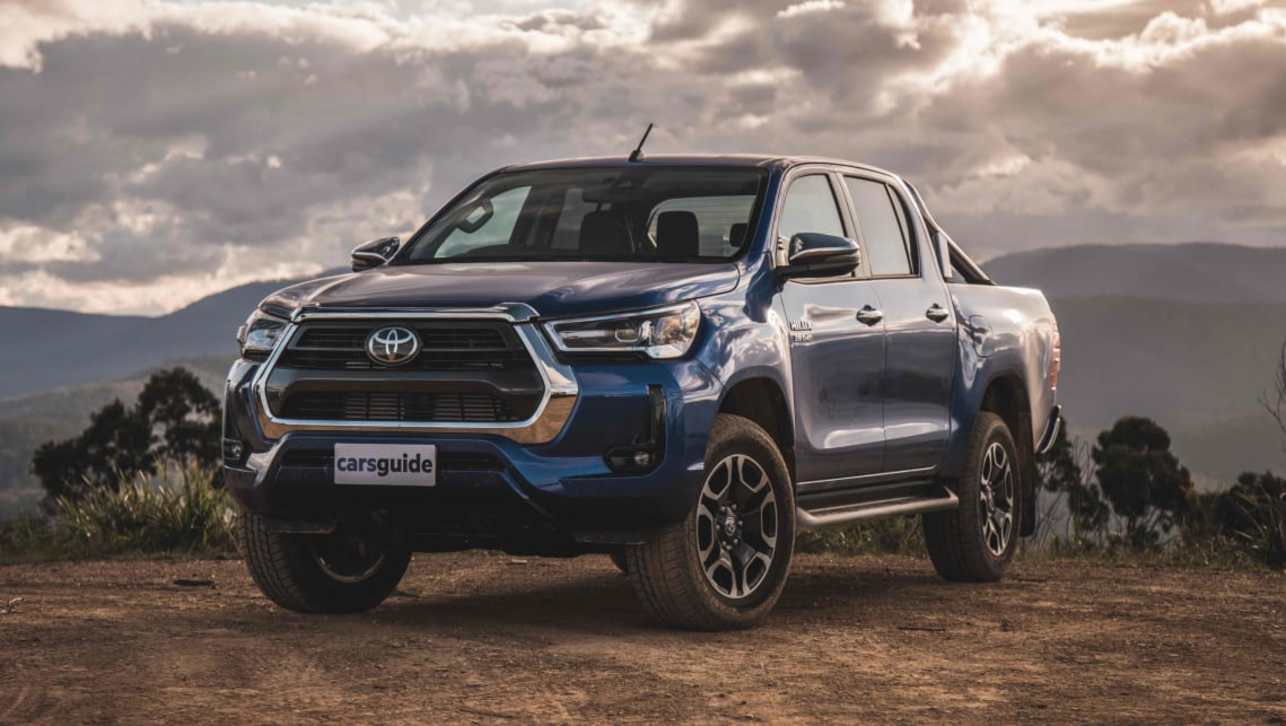

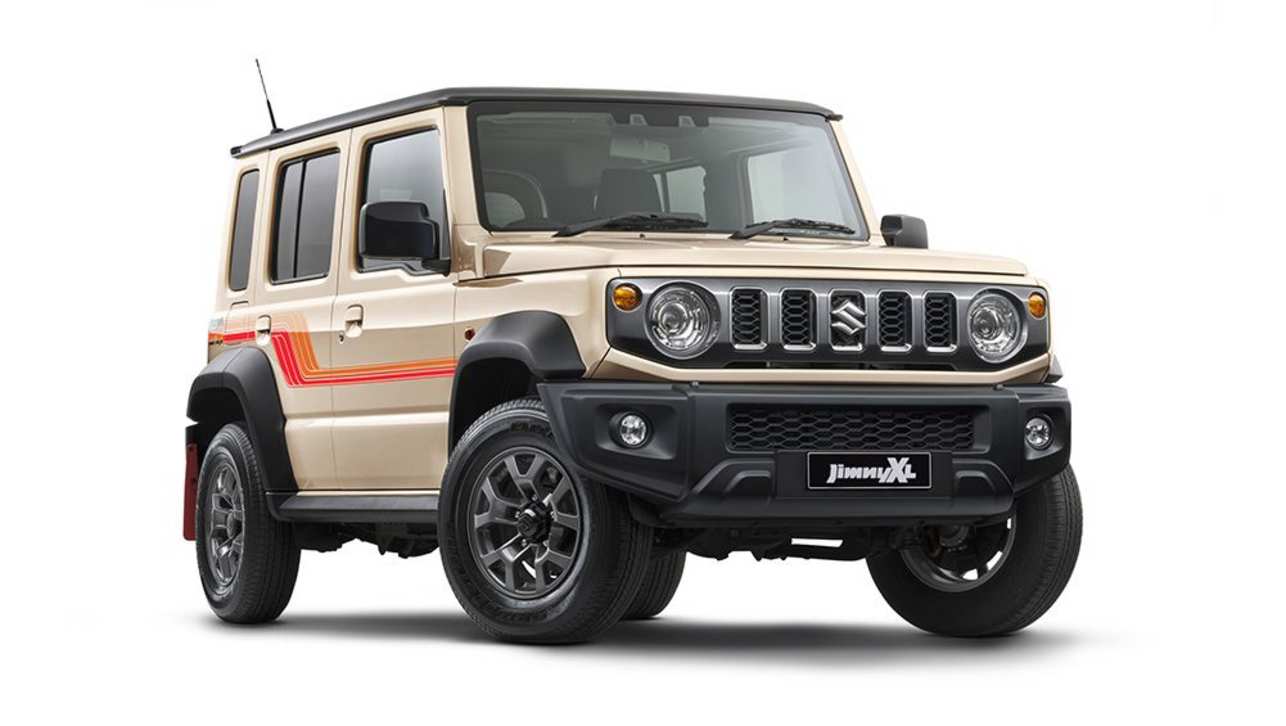
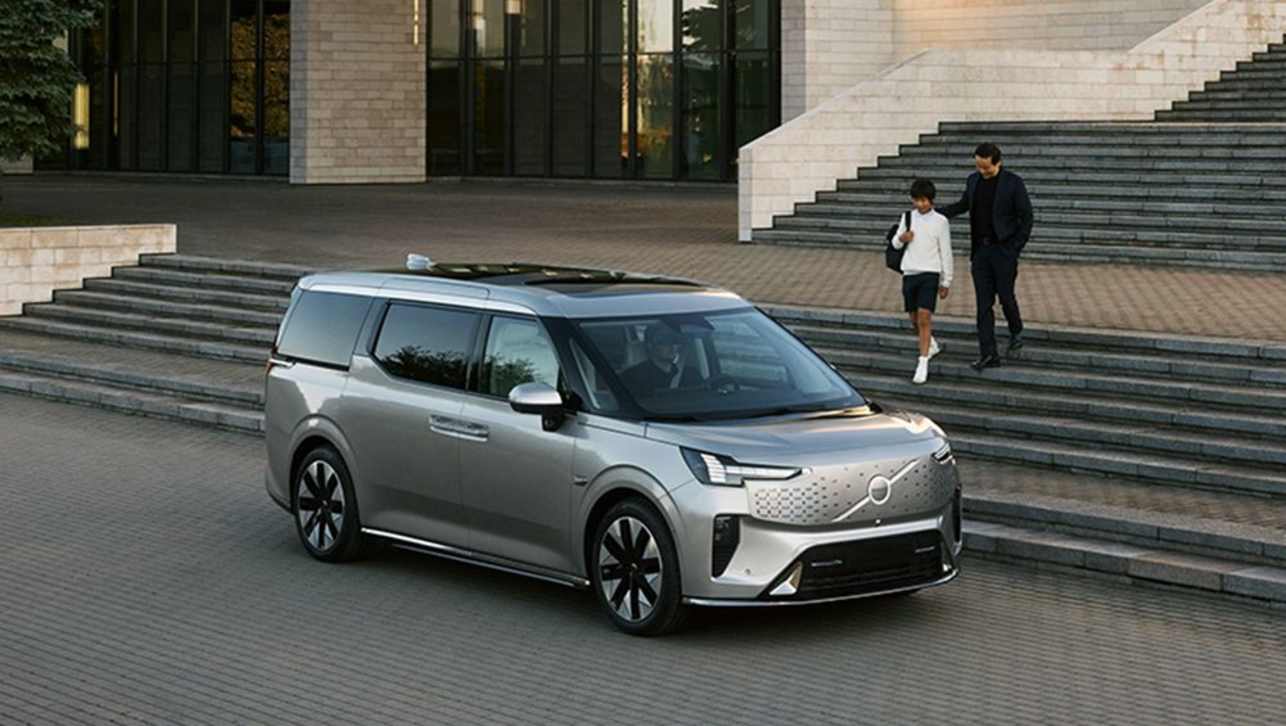

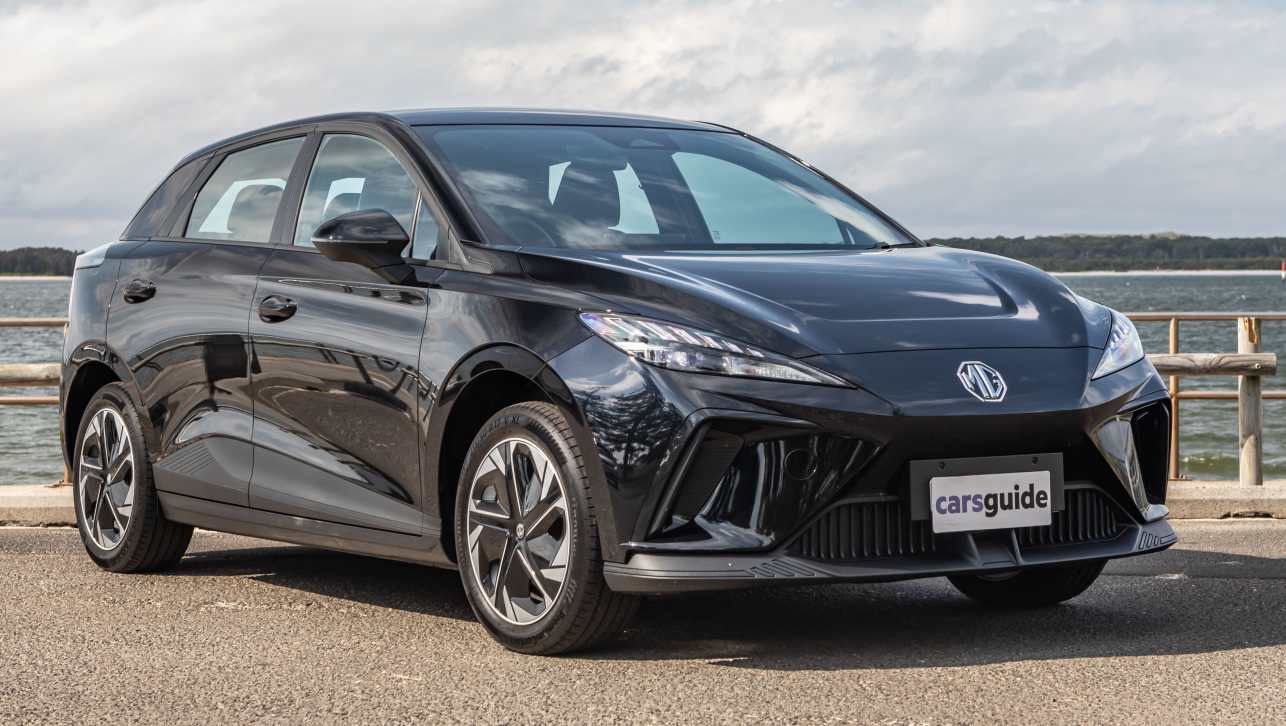

.jpg)


.png)
_0.jpg)


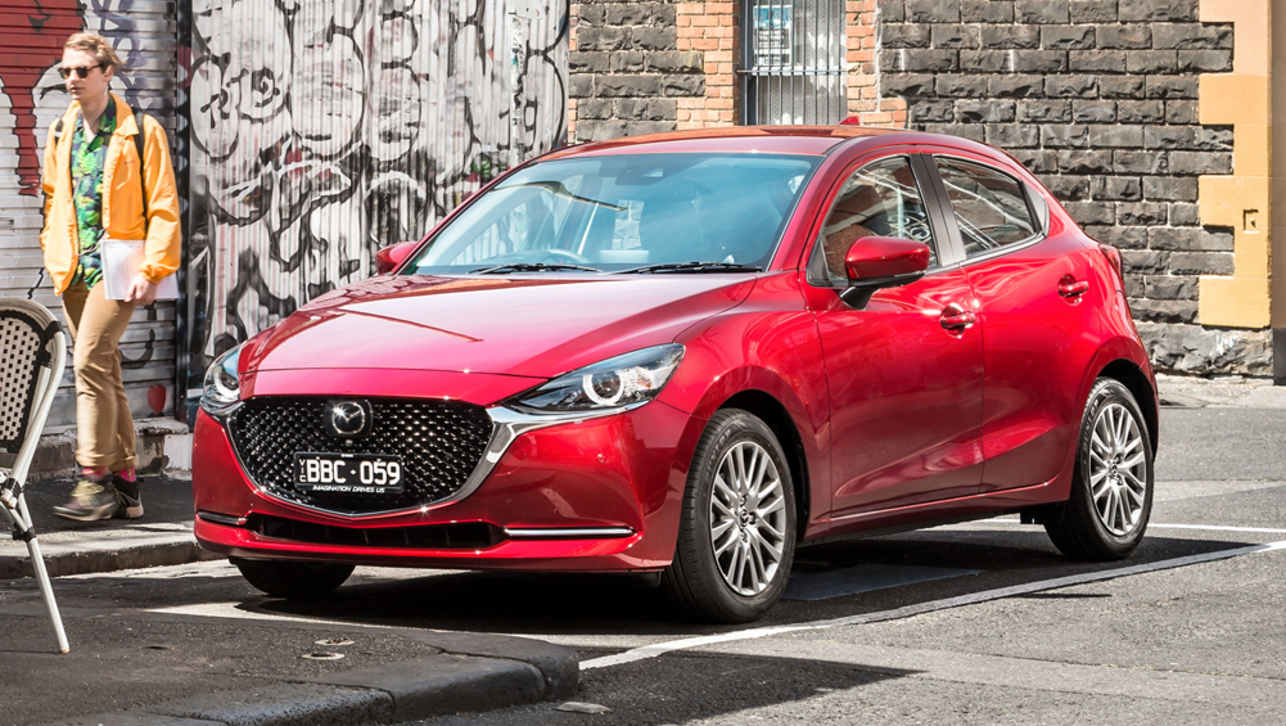


.jpg)

Comments